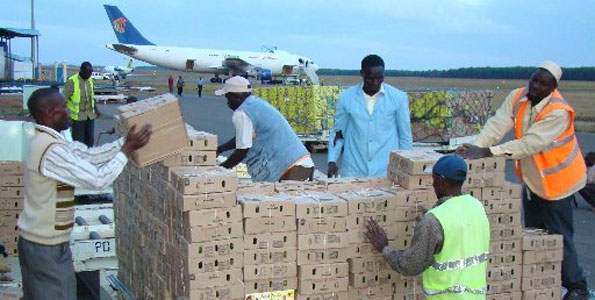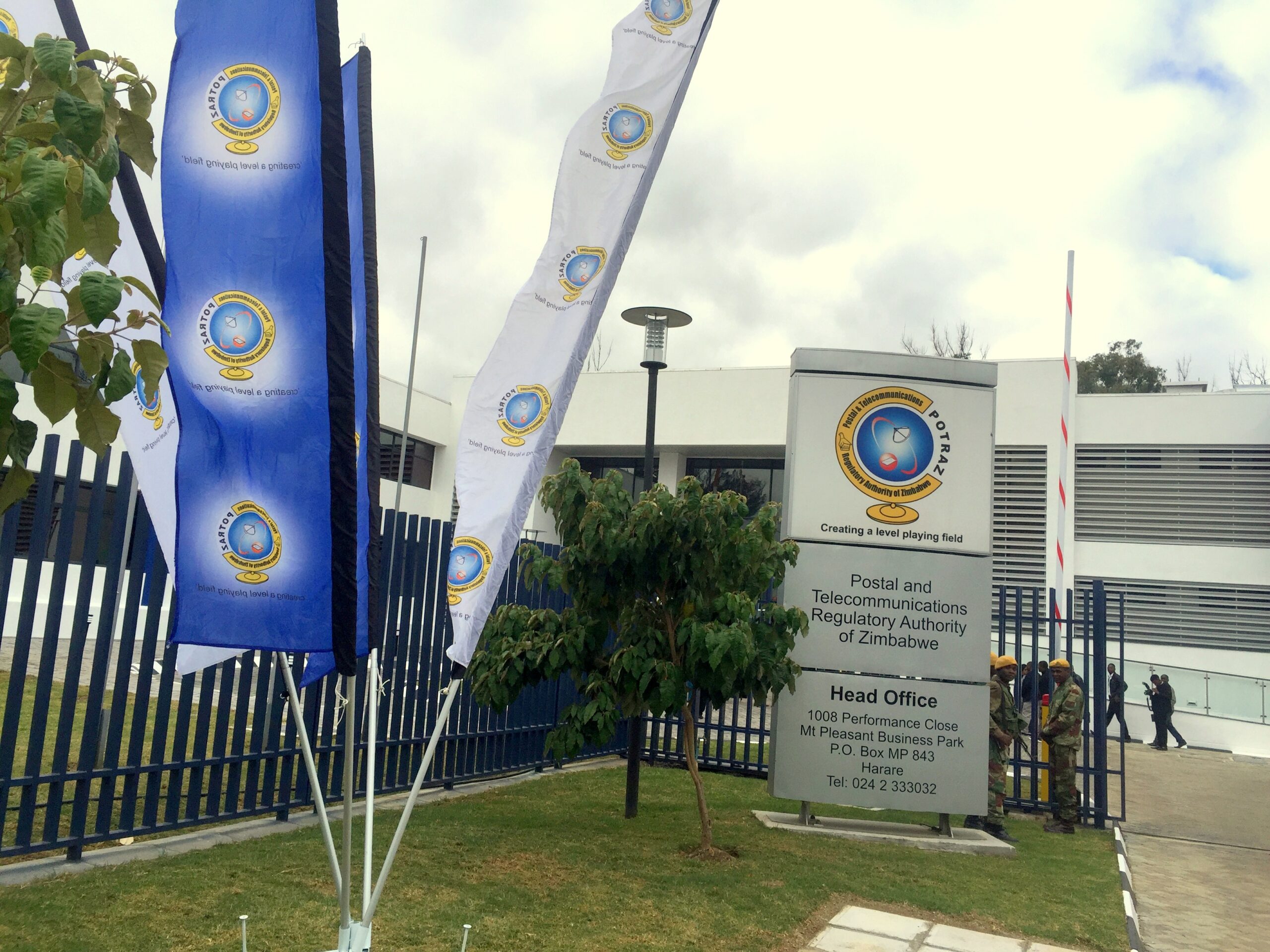Telecommunications industry reviews bundle prices
Zimbabwe’s telecommunications sector has reviewed its bundle prices, both in domestic
(ZW$) and United States dollars (US$), to align with rising operation costs.
This comes two weeks after the Postal and Telecommunications Regulatory of Zimbabwe
(Potraz) approved a headline tariff adjustment effective 1 November 2022. The telecoms
sector has struggled to upgrade infrastructure and provide quality service in the last
three years due to sub-optimal tariffs, high operational costs, intermittent power
outages and rising vandalism of telco equipment, among other things.
To offset rising operational costs, which grew by 44.9% in the second quarter of 2022 to
ZW$24.6 billion, from ZW$17 billion recorded in the first quarter of 2022, the regulator
approved a 180% tariff increase back in July, that was to be implemented in three phases
of 60% in July, September and November.
State-owned mobile network operator NetOne said it increased its tariffs on Sunday
while Econet Wireless announced that it would review its tariffs on Wednesday.
“Dear valued customer, please be advised that NetOne will be adjusting voice, data and
SMS bundles tariffs with effect from the 13 th of November 2022,” the company said in a
notice to customers.
“Dear valued customer, please take note of our new ZWL & USD Voice, SMS & Data bundle
prices effective Wednesday 16 November 2022,” Econet said in a notice to the public.
Telecel, the third mobile operator, is expected to follow-suit soon.
The average ZWL bundle price is increase is understood to be about 60% across the
networks, while the average USD price increase is a understood to be around 15%.
The latest tariff increase comes after Potraz Director General Dr Gift Machengete
recently indicated that the capital-intensive telecoms industry requires foreign currency
to constantly upgrade network infrastructure.
“Enhanced growth can be achieved through government intervention and innovative
public-private partnerships aimed at improving the digital landscape by assuring access,
equity, and affordability of telecommunication services to all,” he said in the latest
telecommunications sector report.
“Particular attention needs to be paid to rural areas where broadband coverage of
technologies such as LTE is still sparse. Operators also need to innovate and explore
sustainable revenue generation and cost containment avenues considering the current
economic climate,” added Dr Machengete.-The Herald









